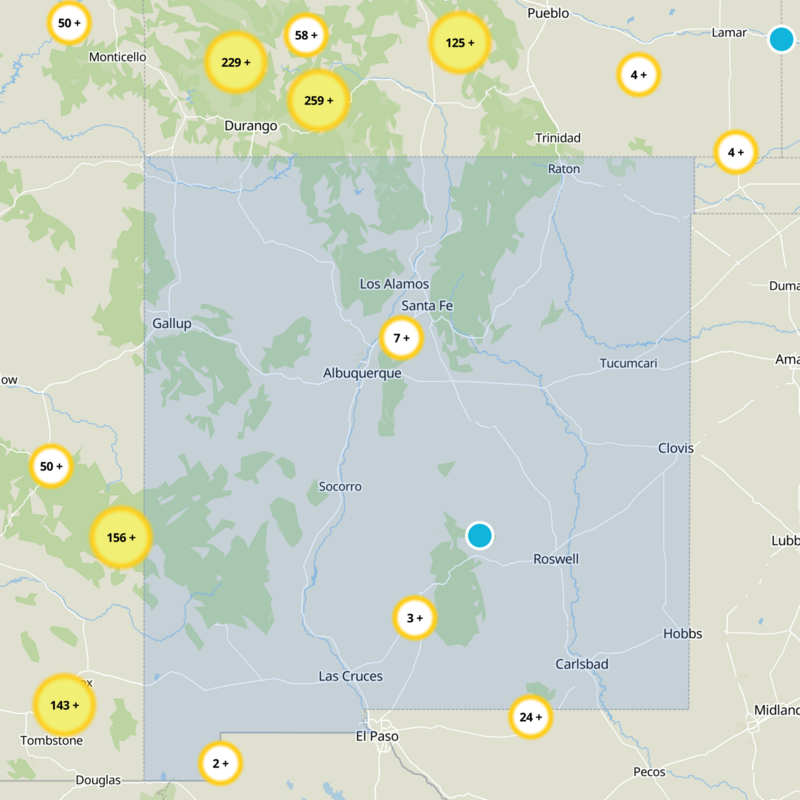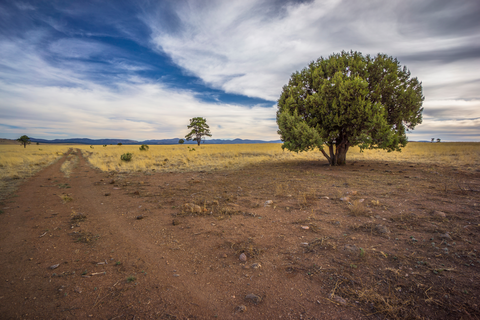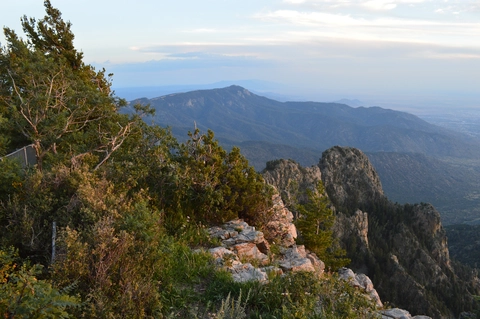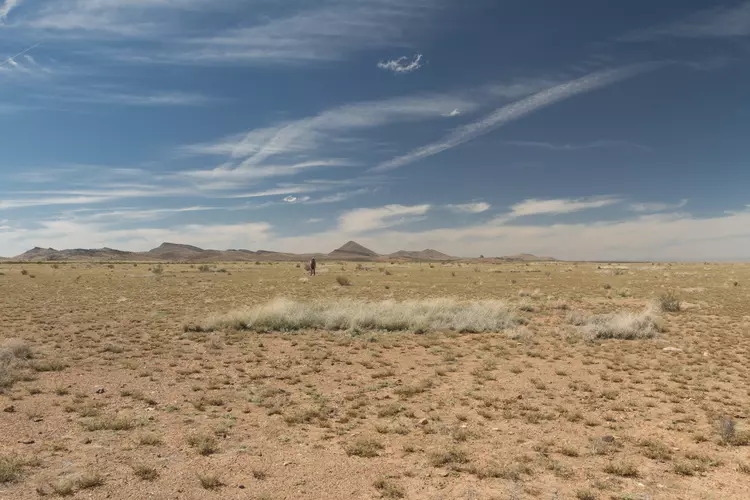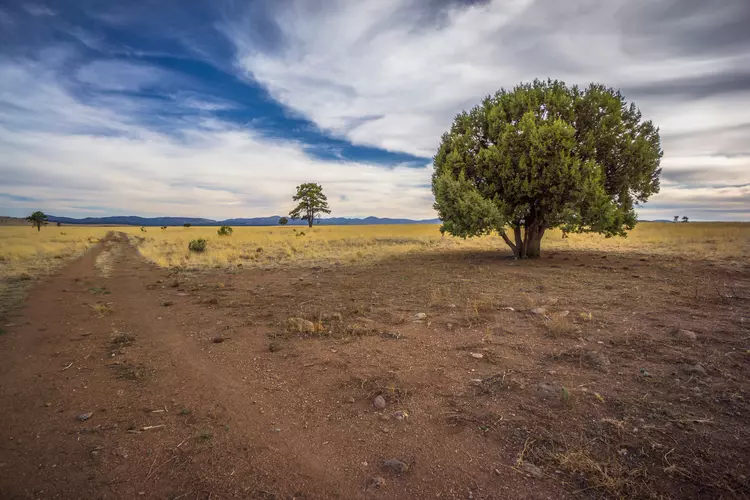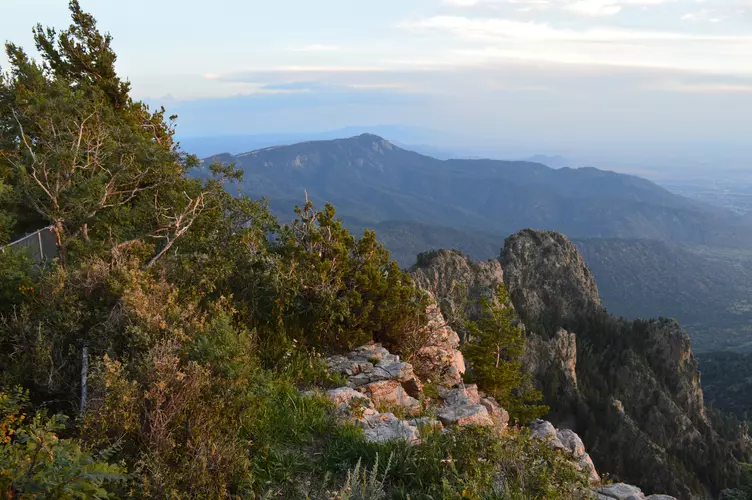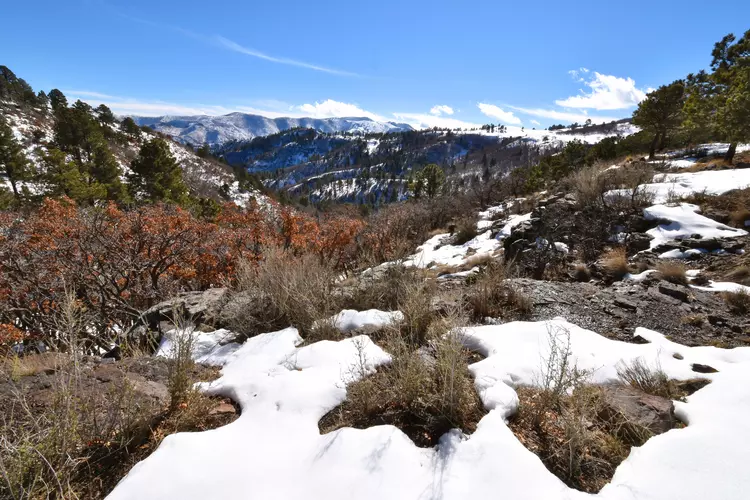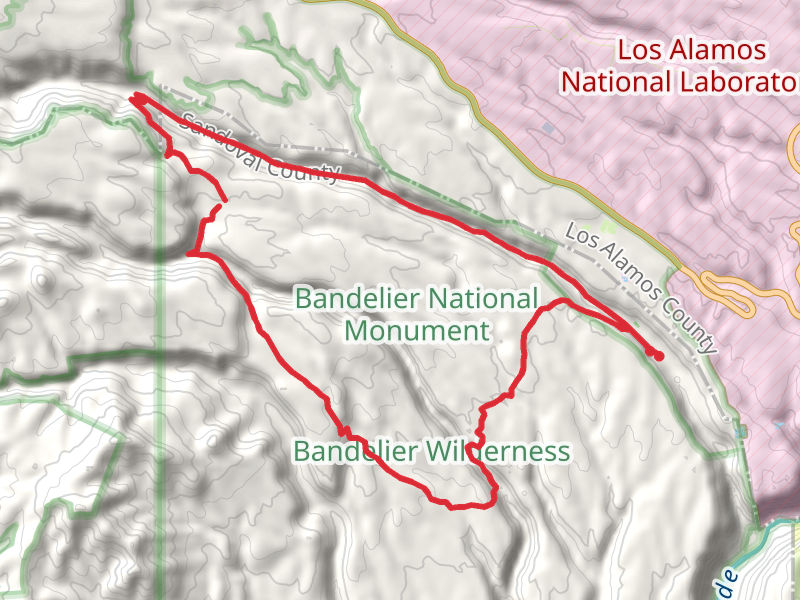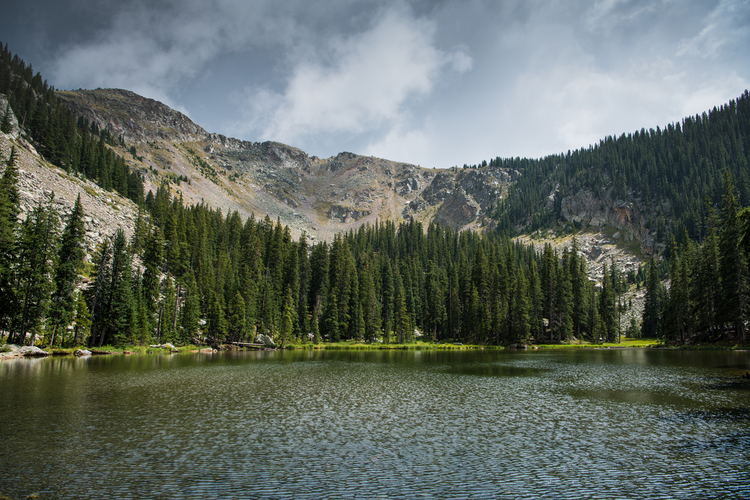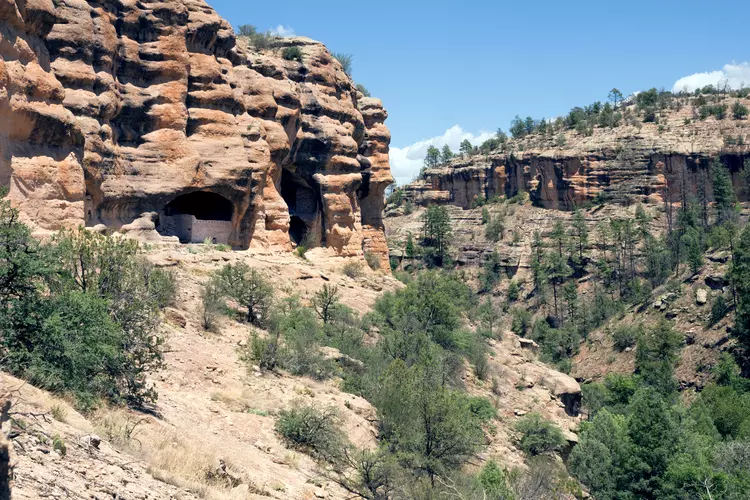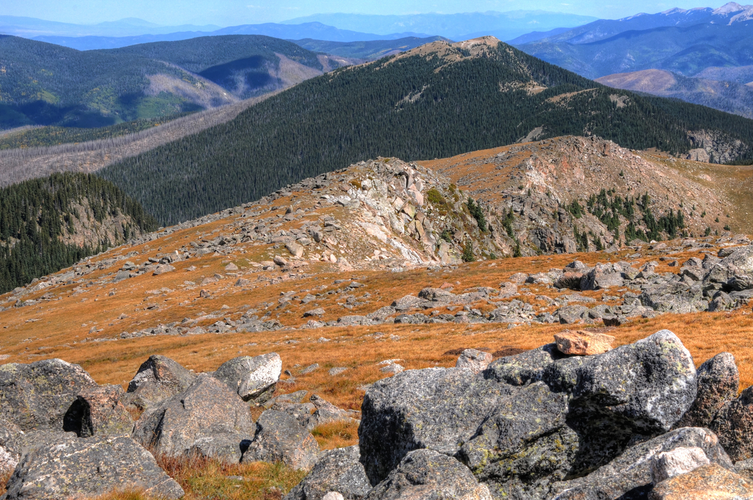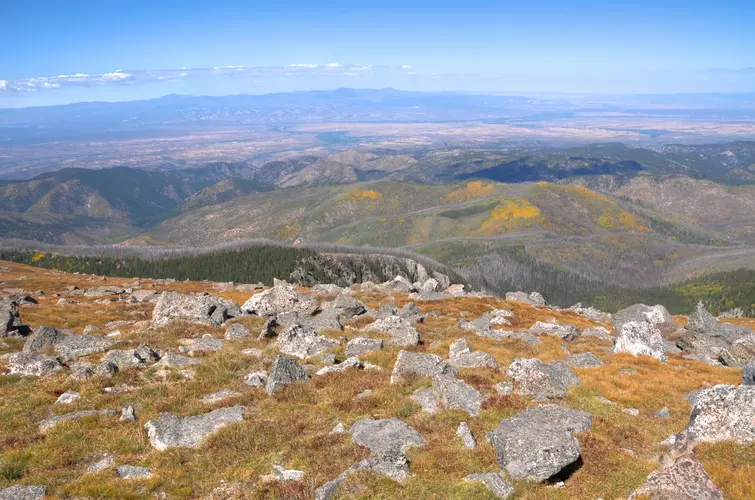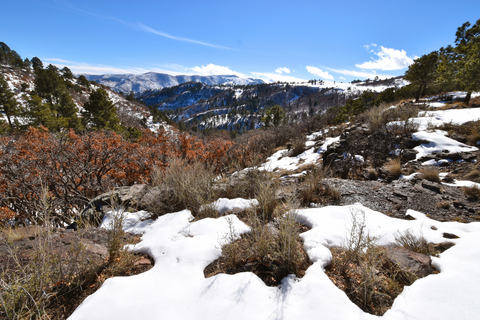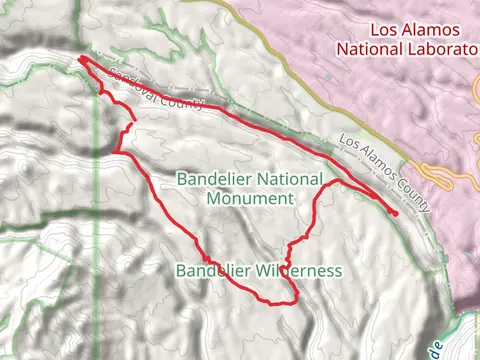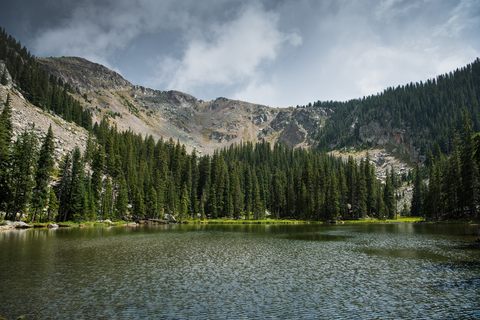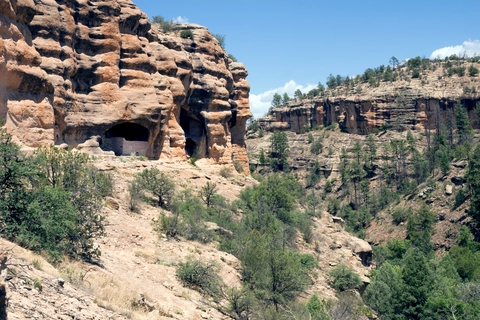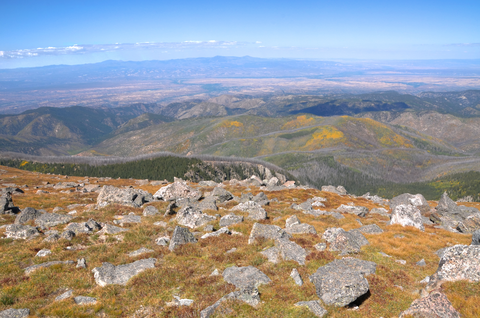"Discover New Mexico's enchanting trails, where ancient stories and breathtaking vistas create unforgettable adventures."
Embark on a journey through New Mexico's enchanting landscapes, where every trail tells a story of ancient cultures and breathtaking vistas. From the otherworldly rock formations of Tent Rocks to the lush forests of the Sangre de Cristo Mountains, each path offers a unique adventure. Discover the vibrant hues of the desert at sunset, explore hidden canyons, and encounter diverse wildlife. With its rich history and stunning natural beauty, New Mexico invites hikers to explore its endless wonders.
Most popular hikes
FAQs about hiking in New Mexico






